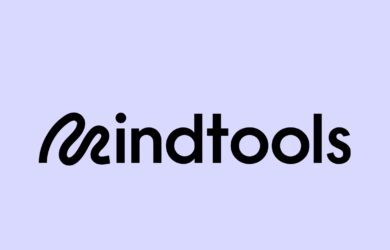According to Christine Comaford, we all need to feel three things in order to thrive: that we’re safe, we belong, and we matter. In her new book, “Power Your Tribe,” she states that, “Without those three essentials, a person or team cannot perform, innovate, feel emotionally engaged, agree, or move forward.”
So it’s a big deal. But it’s also a neat bit of insight, because acting on it can help us to create a happier and more productive workplace.

Identifying One of the Three Secret Ingredients
“As leaders start to understand this, they start to pay attention to what people are subconsciously asking them for,” Comaford tells me, in our Expert Interview podcast.
And usually, they’re asking for one of these three things. Once you’ve identified which one, you can devise a targeted fix for the problem, building trust in the process.
“So, if somebody is constantly coming to you saying, ‘I need more information. I need a backup plan. What if this doesn’t work, then what are we going to do?’ they’re probably asking you for safety,” Comaford explains.
Figuring out a Backup Plan
“So, you sit down with them, from the very beginning, and say, ‘Hey, we’re taking on this new project. Let’s figure out a plan. Let’s figure out a backup plan. Let’s just figure out a backup plan to the backup plan.’ We’re speaking to them ‘in safety,’ because that’s where they go when they’re shut down, or when they’re triggered, or when they’re in stress.”
The approach is similar for the other two essential feelings.
“If somebody comes to you often for belonging, they want to be included in things. They want to see how they can contribute to the team. Then we approach them through the lens of belonging. If somebody, often when they are under stress, feels unappreciated, like nobody is seeing their contributions, they are probably wanting mattering.”
The Importance of Emotional Agility
Understanding this is all part of “emotional agility,” a concept that lies at the heart of Comaford’s book and her work as a leadership coach. The better we understand our emotional reactions – and those of other people – the more we can control how we react, and the more resilient we become.
If we leave our reactions to our instincts, we often get it wrong, because of how the human brain is wired.
Comaford explains, “Sensory data comes in: you see things, you hear things, you smell things, you taste things, you feel things. That all zooms into your brain stem, into your reptilian brain. It then moves very quickly to your mammalian brain, where emotions are attached. Then it zooms to your prefrontal cortex, where we make meaning.”
It’s the “emotions” part of that process that can lead us astray, Comaford believes. She illustrates her point with the following example.
Let Emotional Agility Take Control
“We see our boss scowling – that’s a visual input. It comes into our brain stem, goes into our mammalian brain. Maybe our shoulders crunch up and we feel a little bit concerned or stressed out. And then, by the time it gets to our prefrontal cortex, we’ve decided that he’s disappointed with us. He’s never happy with our work,” Comaford says.
“What’s that going to do to someone’s behavior and capabilities? They will maybe keep their head down, play small, do minimal acceptable work – just to try to not be seen. Whereas that was meaning they just made. Maybe he’s scowling because he has a stomach ache,” she adds.
Let Your Curiosity Go Free
By contrast, when we’re emotionally agile, our conscious selves can step in and take control, making sense of our emotional reactions and interrogating them.
So, instead of avoiding our scowling boss, we might “get curious,” Comaford says, “and maybe ask him how he’s doing, before the train leaves the station and we decide that he’s disappointed with us.”
A Practical Guide to Emotional Agility
“Power Your Tribe” provides a comprehensive, practical guide to developing emotional agility. It’s structured as a seven-step Resilience Cycle, with the first four steps focused on the individual and the last three on the team, or the “tribe” as Comaford calls it.
In this clip from our Expert Interview podcast, she shares her tips on overcoming bias, part of building tribal agility.
Listen to the full 30-minute interview now.
How emotionally agile are you and your team? How does that show in your work? Join the discussion below!




Comments
Ananya V says
2 years agoSuch a great article! Thank you for sharing. Being a newbie in the management and HR space, I often read blogs and articles like this to get new ideas in this space.